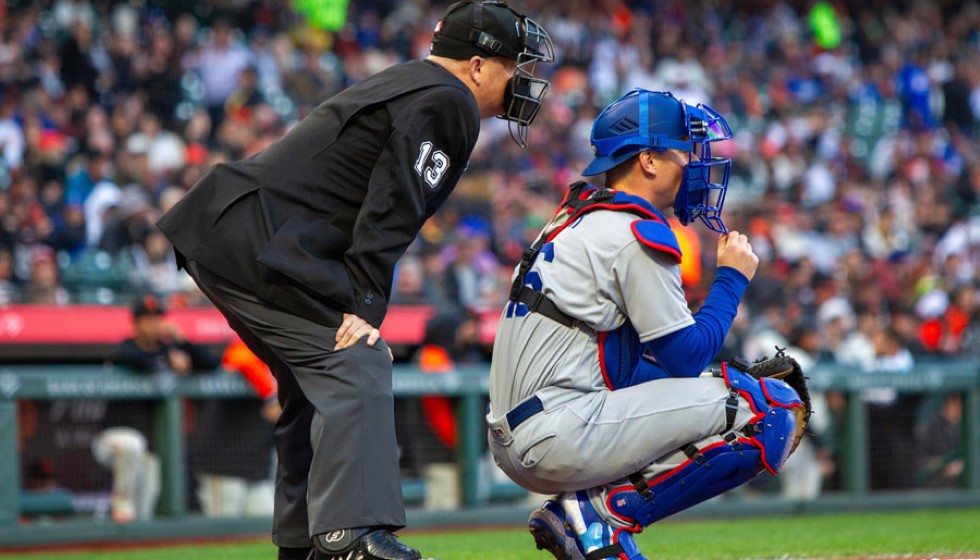
As the New York Yankees regroup following their unfruitful pursuit of Juan Soto, attention has naturally turned towards another enticing prospect: Chicago Cubs outfielder Cody Bellinger. Having once captured the National League's Most Valuable Player award, Bellinger has long been a prominent figure in baseball.
A glance at Bellinger's statistics from the most recent season presents a mixed picture. He achieved a slash line of .266/.325/.426 with 18 home runs and nine stolen bases. While these numbers are respectable, they underscore the fluctuation in his performance, with his OPS varying by at least 110 points on a season-by-season basis over the past seven years. Interestingly, one year prior, Bellinger hit 26 home runs and reached a 139 OPS+.
Data from Statcast analytics suggests that if Bellinger had played at Yankee Stadium during the last season, he might have succeeded in clearing six more home runs. This potential increase could be attributed to the stadium's dimensions aligning with Bellinger's style, as he ranks in the 89th percentile for pulling the ball in the air.
Yet, the pursuit of Bellinger isn't without its hurdles. The Cubs are looking to reallocate Bellinger’s substantial $27.5 million salary earmarked for the next season. Additionally, his contract features a $5 million buyout option and a player option that could add another $25 million the following year, complicating potential negotiations.
For the Yankees, considerations extend beyond finances—they must also weigh Bellinger’s fluctuating metrics against what he could potentially bring to their lineup. The team's recent large-scale investments necessitate careful payroll management. Adding Bellinger could enhance their roster not just with his power, but also with the versatility he offers.
Comparisons inevitably arise within the domain of high-dollar contracts. Teoscar Hernández signing with the Los Angeles Dodgers last winter on a one-year, $23.5 million deal puts Bellinger's prospective financial demands into perspective. While Hernández’s contract was significant, it highlights the willingness of teams to make short-term high-stakes gambles in pursuit of immediate improvements.
Notably, Bellinger remains on the right side of 30 years old, promising several prime playing years ahead based on typical athletic aging curves. This aspect can be seen as an attractive feature for teams seeking a dynamic, experienced outfielder who can still contribute at a high level.
The Yankees' pursuit of Bellinger is poised at a delicate intersection of financial strategy and performance potential. If the Yankees decide to move forward, they would acquire not just a player with a proven track record, but one whose career trajectory might yet see a resurgence amidst the intense competition of New York’s baseball stage. As this potential acquisition develops, it remains to be seen whether it will be a strategic masterstroke or a gamble that falls short.